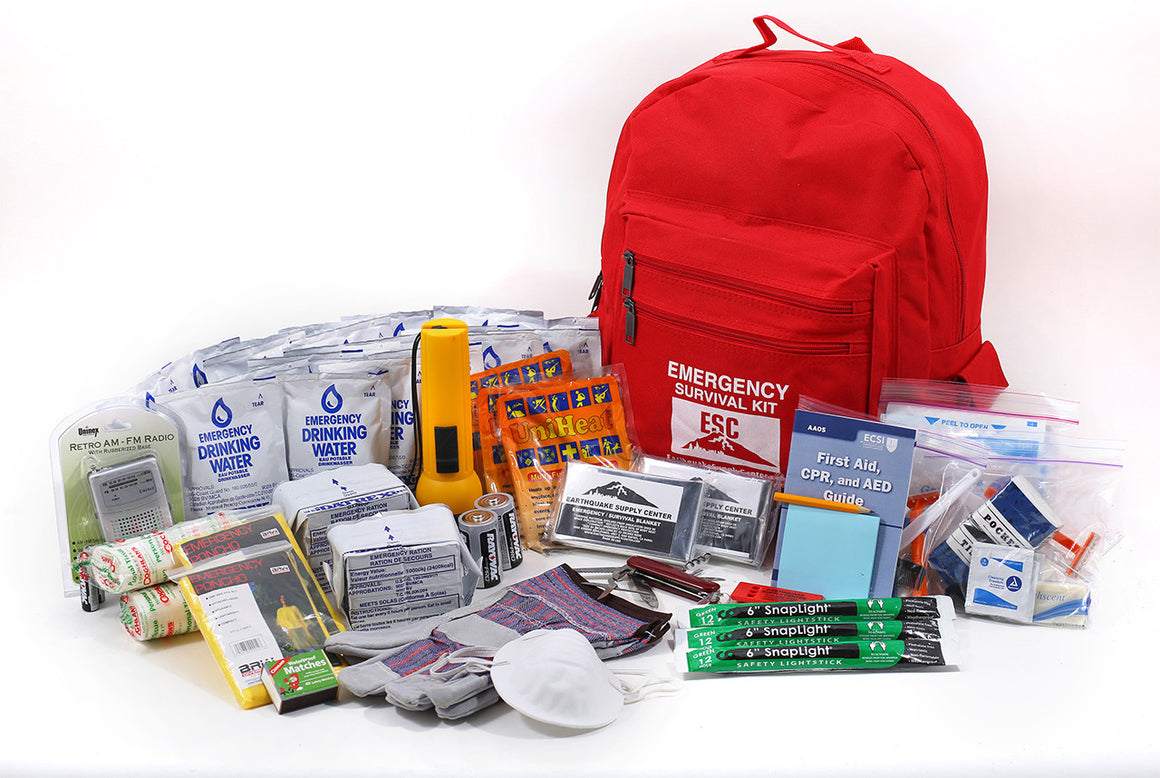Hurricane season runs from June 1 through November 30 each year and brings with it the threat of high winds, heavy rain, flooding, storm surges, and possible power outages. Living in areas prone to hurricanes means being prepared for emergency situations that could arise. A well-stocked hurricane emergency kit is an essential part of preparing for a hurricane. It can help ensure you and your family have basic supplies on hand if an evacuation is required or you lose power for an extended period. Here are the key items to include in your hurricane emergency kit and tips for building your kit before the storm arrives.
Food and Water
Supplying your kit with non-perishable foods and bottled water should be the top priority. Aim to have at least a three-day supply of water and food per person. Don't forget about your pets - pack extra food, water, medications, and supplies for them as well.

Some recommended food items for your hurricane kit include:
- Canned meat, fish, fruit, vegetables, soups, pasta, etc. Opt for foods that do not require refrigeration or cooking.
- Protein or fruit bars
- Crackers
- Peanut butter
- Dried fruit
- Nuts
- Granola bars or cookies
- Baby food and formula (if needed)
Pack 1 gallon of water per person, per day. Three days' worth is recommended but having a week's supply is ideal depending on the severity and path of the storm. Store water in plastic containers and replace it every 6 months. Pack extra bottles if rainwater is being collected and stored after the storm.
Don't forget utensils, paper plates/cups, and a manual can opener if power is lost. Pack snacks and comfort foods as storms can cause high stress and anxiety. A food thermometer is also good for avoiding foodborne illness if refrigeration is disrupted.
Supplies for Shelter and Safety
In addition to food and water, pack essential supplies to provide basic shelter needs and stay safe during a hurricane.
- Battery-powered radio and extra batteries to listen for updates
- Flashlights and extra batteries - LED flashlights use less batteries
- Portable phone chargers and extra batteries
- First aid kit and any essential medications
- Cash - ATMs may be down after a storm, have some backup cash on hand
- Fire extinguisher
- Personal hygiene items like toilet paper, soap, baby wipes, feminine products, toothpaste/brushes
- Ziploc bags or garbage bags for waste disposal and hygienic needs if facilities are not usable
- Dust masks to filter contaminated air if staying indoors

- Moist towelettes and trash bags for personal sanitation
- Bleach to disinfect water if needed
- Manual can opener
- Cooler and ice to keep food/medicine cold if no power
- Non-electric can opener
- Disposable utensils, plates, cups
- Games, books, and entertainment for kids/adults if cooped indoors
- Sleeping bags or warm blankets for each person
- Plastic sheeting and duct tape to shelter-in-place or brace doors/windows
- Whistle or distress signal in case you need to get attention
Important Personal Documents
It's also crucial to protect important documents that are difficult to replace in case of flooding or fire damage. Scan and save documents digitally if possible. Otherwise, pack originals of key paperwork in your hurricane kit such as:
- Passports and driver's licenses
- Social Security cards
- Insurance policies (homeowners, health, life, flood)
- Bank account and credit card numbers
- Inventory of household items and their value
- Important medical records like immunization records, allergies, medications
- Wills and copies of birth/death certificates
- Deeds, titles, and mortgage papers
- Passwords to key online accounts

Tools and Supplies
Complete your hurricane kit with recommended tools and emergency supplies:
- Multi-purpose tools like a pocket knife and axe or hatchet
- Matches in a waterproof container
- Work gloves and protective clothing
- Utility knife
- Duct tape and plastic sheeting
- Rain poncho or raincoats
- Seasonal clothing and blankets
- Maps such as county maps, offline map apps on devices
- Paper, pencils, markers
- Bungee cords, rope, tarps
- Gasoline stored properly for generators or vehicles
- Generator and fuel if needed for power outages
- Pet carriers, leashes, toys/dishes for pets
Important Documents and Cash
Be sure important documents and at least $500 in cash are part of your hurricane kit. It's best to store kit contents in a watertight container like a large bucket, duffel bag or backpack that can be easily transported. Place kit in an easily accessible but safe location away from windows and potential flooding areas.
Plan Ahead and Practice Your Plan
Assemble your hurricane kit well before hurricane season starts to avoid crowds and potential shortages. Check contents every year at the start of season and rotate food and supplies that expire. Make sure all family members are familiar with where the kit is stored and what it contains. Discuss evacuation plans ahead of time if instructed to leave by local authorities. Practice household members grabbing the kit swiftly in a mock evac drill. Being prepared ahead of time helps reduce stress if a hurricane threatens your area. With the right supplies assembled, you'll be ready to face the challenges a hurricane emergency may bring. Stay safe during hurricane season!





